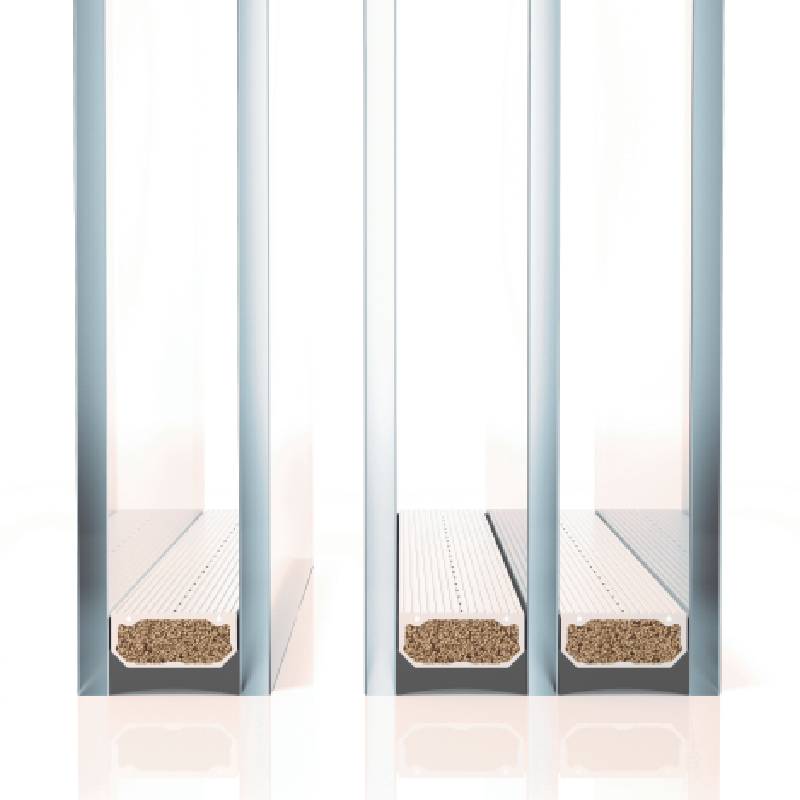

Understanding Full Tempered Glass Benefits and Applications
In modern architecture and design, the materials used play a crucial role in ensuring both functionality and aesthetics. One such material that has gained significant popularity is full tempered glass, known for its superior strength, safety features, and aesthetic appeal. This article delves into the characteristics, benefits, and applications of full tempered glass, shedding light on why it is an ideal choice for various projects.
What is Full Tempered Glass?
Full tempered glass, often referred to as toughened glass, undergoes a specific heat treatment process that enhances its strength. During manufacturing, the glass is heated to approximately 620 degrees Celsius and then rapidly cooled. This tempering process alters the glass's internal structure, creating a compressive stress on its surface while placing tension in the core. As a result, full tempered glass is significantly stronger than regular glass—up to five times more resistant to impact and thermal stress.
Benefits of Full Tempered Glass
1. Safety and Durability One of the most significant advantages of full tempered glass is its safety features. When shattered, it breaks into small, blunt pieces rather than sharp shards, reducing the risk of injury. This characteristic makes it an excellent choice for environments where safety is a top concern, such as in commercial buildings, shower doors, and glass railings.
2. Thermal Resistance Full tempered glass can withstand high temperatures and sudden changes in temperature without breaking. This thermal resistance is particularly advantageous in applications where heat exposure is likely, such as in kitchen countertops and facades that face direct sunlight. It ensures longevity and reduces the need for replacements due to thermal breakage.

3. Aesthetic Appeal The clarity and brilliance of full tempered glass add a modern touch to any space. Its transparency maximizes natural light, creating an open and airy environment. This glass is available in various finishes and tints, allowing architects and designers to create visually stunning structures tailored to specific needs and preferences.
4. Design Flexibility Full tempered glass can be manufactured in various shapes and sizes, providing designers with the flexibility to create unique architectural elements. Be it large glass panels for facades, intricate glass partitions, or elegant glass doors, the versatility of full tempered glass allows for imaginative and contemporary designs.
5. Energy Efficiency When combined with low-emissivity coatings, full tempered glass can contribute to energy efficiency within buildings. It helps in reducing heating and cooling costs by reflecting heat during the summer and retaining warmth in the winter. Sustainable building practices are increasingly prioritizing materials that enhance energy efficiency, and full tempered glass fits this criterion well.
Applications of Full Tempered Glass
Due to its numerous benefits, full tempered glass finds extensive use in various applications, including
- Commercial Buildings Its strength and safety make it an ideal choice for storefronts, skylights, and curtain walls. - Residential Projects Homeowners often use full tempered glass for shower enclosures, balcony railings, and large windows, providing a sleek, modern aesthetic. - Automotive Industry It is commonly used in car windows due to its impact resistance and safety characteristics. - Furniture Design Tables, shelves, and decorative elements crafted from full tempered glass are both stylish and durable.
In conclusion, full tempered glass stands out as a material that combines safety, durability, and aesthetic appeal, making it an excellent choice for various applications in both residential and commercial settings. As architectural trends continue to evolve toward more open, light-filled designs, the popularity of full tempered glass is likely to increase. Whether you are an architect, designer, or homeowner, understanding the benefits of this remarkable material can help in making informed choices for your next project, ensuring safety without sacrificing style.